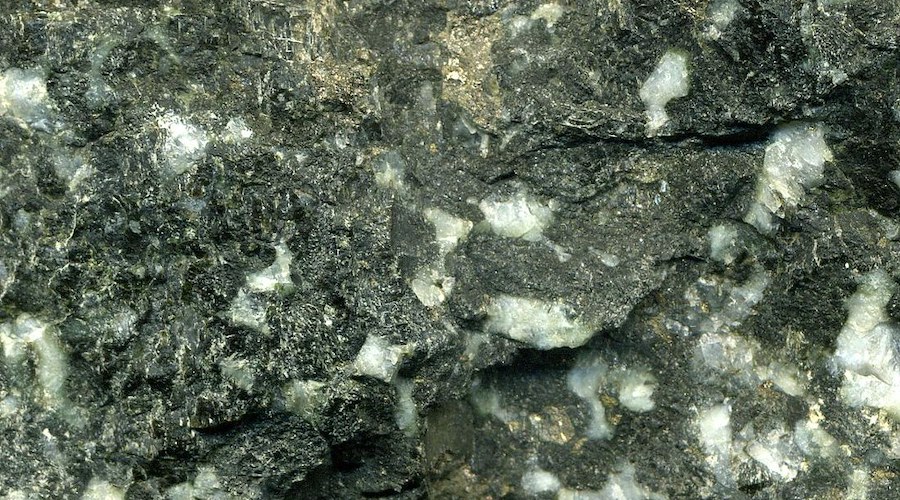
The main issue at hand is that most of these metals are primarily stored at depths of more than 25 kilometres, making them inaccessible for exploitation. Yet in certain parts of the world, nature can bring them to the surface through the flow of liquid rock, known as magma, that originates in the earth’s mantle and rises upwards into the crust.
However, up until now the journey of metals to their final deposition site had been uncertain.
The study, thus, clarifies how a temperature-dependent zone, located at the base of the earth’s crust, acts as a valve and intermittently allows the metals to pass upwards to reach the upper crust.
“When magmas reach the base of the crust the critical metals often get trapped here and cannot reach the surface if the temperature is either too hot or too cold,” co-author Iain McDonald said in a media statement. “As with Goldilocks, we have discovered that if the temperature is ‘just right’ at around 1000°C, then metals like copper, gold and tellurium can escape the trap and rise up towards the surface to form ore deposits.”
In McDonald’s view and that of his colleagues, these findings can lead to more targeted, less costly, and more environmentally friendly practices to explore for and extract metals that are key to the manufacturing of renewable energy technologies.



